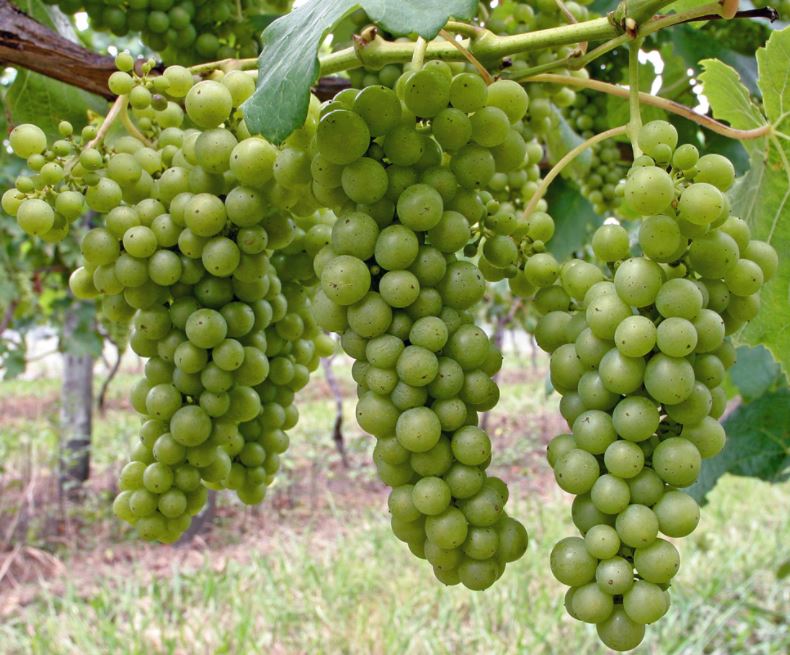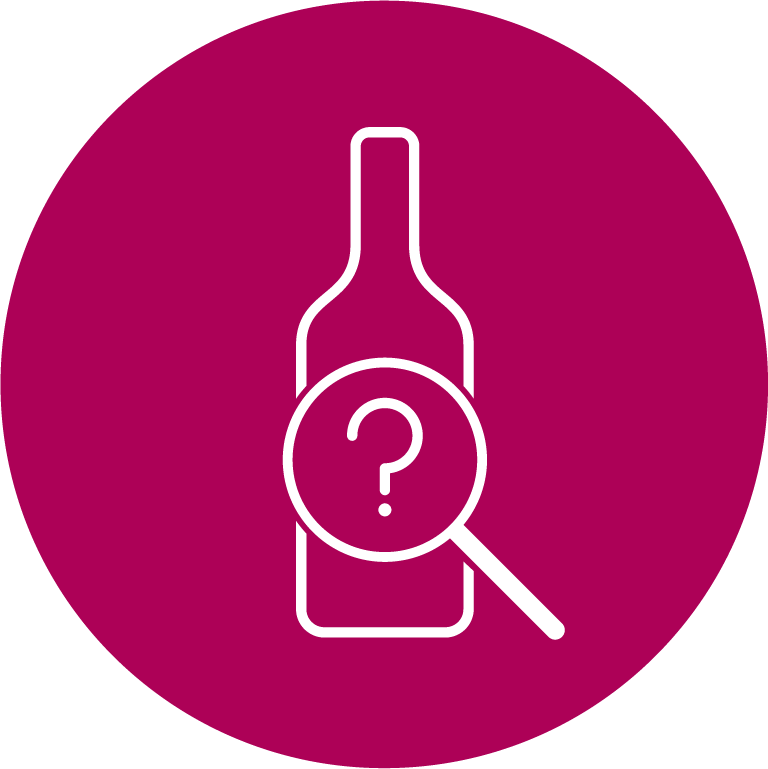Sauvignon Blanc is one of those varieties that really divides opinion, wine snobs may look down their noses feeling it lacks complexity and subtlety (which it can!) but I am firmly in the ‘love’ it camp. Love it or loathe it though, one thing is for certain, it is hugely distinctive and perhaps it is because it is so easily recognisable that it has become one of the UK’s most popular white wines?
At its best it is unapologetically pungent, high in acidity, fresh and zesty, with a lovely mix of fruit and herbaceous notes, a wine that is great with or without food. For me nothing beats the vibrancy, freshness and approachable style of Sauvignon Blanc, in particular the exuberantly pungent “savvy” from New Zealand which in my opinion has become the ‘classic style’ of the grape regardless of what the French may say!
I have a special offer on at the moment if New Zealand Sauvignon Blanc is your thing, check out the link here for more details, I don’t have a lot of stock so it’s first come first serve.
To ‘celebrate’ the day, I wanted to do a quick overview of the grape: its history, where its grown, the various styles/flavour profiles as well as a few handy hints that will hopefully help when you are looking for your next bottle.
About the grape
Sauvignon Blanc is believed to have taken its name from the French word ‘Sauvage’ meaning “wild” because the leaves of the grape vine resemble those of grapevines grown in the wild.
DNA profiling has proven that Sauvignon Blanc (alongside Cabernet Franc) are the parents of the classic grape Cabernet Sauvignon (the clue is in the name right?!). Perhaps it is unsurprising then that both Sauvignon Blanc and Cabernet Sauvignon share a characteristic ‘green’ flavour profile. This is due to a high number of naturally occurring pyrazines (flavour compounds) in these grapes that produce vegetal aromas and flavours such as green pepper and asparagus.
Sauvignon Blanc tends to taste similar wherever it is grown, but as a late budder and early ripener it thrives in cooler (more temperate) conditions particularly where there is plentiful amounts of warm sunshine (so that knocks us out here in the UK!). When it is grown in hotter climates the resulting wines can be slightly oily and confected and lose their trademark vibrancy.
The grape mutates quite easily – its pink mutation Sauvignon Gris can sometimes be spotted on supermarket shelves and is usually a bit fuller bodied that the ‘blanc’ version and has a delicate pink hue.

History
Sauvignon Blanc is believed to have originated in France’s Loire region – certainly its finest French iterations can be found in the Central Vineyards of the Loire: in particular Pouilly-Fumé and Sancerre (these wines can be pricy so look to Menetou-Salon and Quincy for good value alternatives). South West France (around Bordeaux) also lays claim to its birthplace but here it is usually blended with Semillon in the production of the region’s dry white wines (aka Bordeaux Blanc) as well as being a crucial component of the classic sweet wines of Sauternes and Barsac.
Staying with the ‘old world’ the grape is found across Europe from Northern Italy (Collio/Friuli), Spain (look for wines from Rueda), Austria, Romania and perhaps more surprisingly large swathes across Moldovia!
Moving to the ‘new world’ Australia hasn’t had too much success with the grape as conditions are often too warm, but with careful winemaking in cooler regions such as the Adelaide Hills, some good examples can be found. In the USA the term “fumé blanc” was coined by Robert Mondavi (a play on the term “blanc fumé” by which the grape is sometimes known in the Loire) – usually now the term is used in the US to denote oaked versions of the grape.
Chile and South Africa are good exponents of the variety particularly the cool climate regions of Casablanca and Walker Bay, but today Sauvignon Blanc is arguably synonymous with one country above all others…..New Zealand.
It is amazing to think given the volume of New Zealand ‘Savvy’ on the market today that the first vines were only planted in New Zealand in the early 1970s. The very clean, reductive style of winemaking coupled with favourable conditions (intense sunlight, warm days and cool nights) resulted in a profoundly different style of Sauvignon Blanc – dry, fresh and exuberantly fruity – which took the wine world by storm in the 1990s. Today the grape accounts for more than 70% of all the wine produced in New Zealand and has propelled the grape to international stardom.
Wine Styles
Sauvignon Blanc is a versatile grape capable of produced excellent dry as well as sweet wines. Usually fermented at cool temperatures in stainless steel to retain its aromatic fruit profile, it also produces some fabulous sweet wines (late harvest or Botrytised) and I’ve seen examples of sparkling Sauvignon Blanc although I’d read the small print before purchasing these – if they have been carbonated I’d steer clear! Some producers are looking to ferment or age in oak, or ferment with wild yeasts which offers a more savoury profile to the wines (see below).
What does Sauvignon Blanc taste like?
I’ve heard it described as ‘Cat’s pee on a gooseberry bush’ not wholly appetising I agree but it’s spot on in terms of nailing the pungent green fruited, grassy herbaceous notes so common. Generally these are highly aromatic wines with mouth-watering acidity a usual calling card.
In terms of taste – cooler climate wines will veer towards gooseberry, elderflower, tomato leaf, nettle and asparagus. In certain soils (particularly those around Pouilly-Fumé in the Loire) there is a very specific gunflint note from the silex soils. The Loire wines are usually unoaked and tend to be subtler in style.
In New Zealand, Marlborough is the place to go for the trademark pungent style – but a lot depends on the vineyard site – with aromas ranging from tropical fruits (passionfruit, melon) to peach, grapefruit, gooseberry with cooler sites giving more herbaceous tomato leaf, green pepper and asparagus notes.
Chile and South Africa are producing good wines which are a cross between the more subtle French style and New Zealand’s more overt pungency.
In the USA (in particular Napa Valley) the wines tend to be richer with a slightly sweet/confected taste and often have spicy notes from oak although in cooler Washington State the wines have more restraint.
Globally there are an increasing number of producers experimenting with oak and when done carefully it produces some fabulous multi-layered wines which combine fruit with smoky, savoury characteristics. Malolactic fermentation and or lees stirring toning down acidity and adding some creaminess to the texture.
Although most Sauvignon Blanc is considered best drunk young (at it’s best in the first year or two) given its fresh overtly aromatic style, wines which have had a bit of oak or are made by quality conscious winemakers definitely have more longevity – I enjoy them with a few years bottle age, what you find is the wines change in character with less overt fruit, but retain freshness due to the grape’s high acidity.
So you pay your money and take your choice depending on the style you like – the options out there are vast. One thing is for sure the popularity of Sauvignon Blanc shows no signs of abating…cheers to that!
Sauvignon Blanc a victim of its own success?
Just a note of caution given the commercial success of New Zealand Sauvignon Blanc – a style now replicated all around the globe – I do worry about saturation with the supermarkets here full of soft label ‘brands’ in the £5-£8 price bracket which are bulk produced, lack any kind of provenance, often shipped over in a bladder before being bottled over here, which have a generic almost confected style. That’s not to say they aren’t perfectly quaffable but you do get what you pay for.
Perhaps fearing this there has been a concerted effort in New Zealand with the formation of the APW (Appellation Marlborough Wine) to create high quality, sustainable wines with provenance. Winemakers are also increasingly looking to produce single-vineyard wines, they are experimenting with oak, using wild yeasts for indigenous fermentations, aging on lees etc With the aim of producing wines with real character and style and speaking of where they are from. Yes they cost a few pounds more, but they are really worth exploring and given the current ‘drink less but better’ bandwagon now is as good a time as any to explore these wines.
For me, good Kiwi producers to look for include: Greywacke, Cloudy Bay, Astrolabe, Mahi, Framingham, Dog Point, Babich and Te Pa to name but a few.
